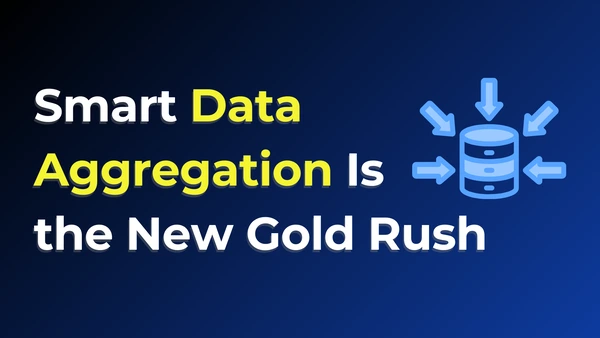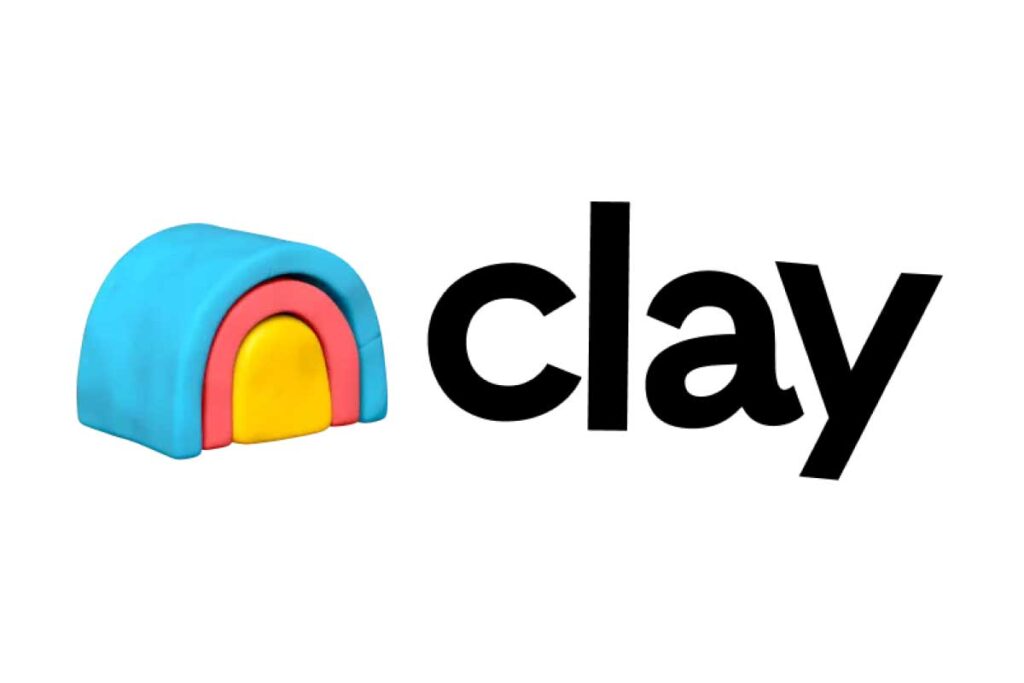Regular sponsored posts don’t work well on LinkedIn anymore. LinkedIn has grown into a major platform for business connections, and your ads need to keep up with these changes.
Below, are eight strategies for reshaping your LinkedIn campaign success:
1. Authentic Expert Voices
Good LinkedIn ads don’t look like obvious advertisements, they look like helpful posts from the field experts. Let your team members share their real experiences and knowledge instead of using boring corporate language.
This works especially well with people who have already seen your brand before, as they’ll recognize and trust your team’s voices.
2. Text Ads: The Unexpected Performer
Text ads are just small, plain ads that appear on the side of LinkedIn. But, how small are they?
Surprisingly, they work well and cost a lot less, about 80% less than other ads with images. They are a great tool to use as a support to your main content.
You can try different messages to see what works the best or if you just want to keep your brand visible for less money. Usually, the simplest option can be the most practical.
3. Posting at the Right Time Matters
Sometimes, good ads don’t work simply because they show up at the wrong time.
Our research found that most business people check LinkedIn on weekday evenings between 7 and 10 PM, after they finish work.
Plan your ads to appear when people are looking at LinkedIn, not when they’re busy or sleeping.
4. AI: Your Essential Campaign Partner
AI has evolved from a buzzword to an indispensable tool for LinkedIn advertisers. This tireless digital partner excels at:
- Generating diverse creative variations
- Refreshing existing content
- Optimizing video assets
- Uncovering hidden performance patterns
Start with AI-assisted content creation or analysis, then expand as you become comfortable with its capabilities.
5. Messaging Ads: Precision Over Volume
If you use direct inbox access strategically, it can be very powerful. Messaging ads require careful deployment in targeting.
Whichever you use, Message or Conversation format, ensure that your sender profile aligns with the content and segment your audience for meaningful personalisation.
6. Quality Over Quantity: The Retargeting Advantage
Lately, experienced companies are more focused on reconnecting with people who have already shown interest than on getting lots of leads. This approach is great because it costs less per lead (20-30%) and finds much better potential customers.
Our advice is to start by getting people to visit your website, then show targeted ads to the same audience later. This way, you get better leads who are more likely to buy without spending as much money.
7. LinkedIn + Google: The Strategic Alliance
LinkedIn excels at starting conversations; Google ads excel at closing deals. This powerful combination creates a comprehensive digital ecosystem mirroring the B2B buying process.
Use Google to capture high-intent searches, then nurture relationships through LinkedIn retargeting—creating a digital sales team that works around the clock.
8. Understanding What Works in Your Marketing
You can’t always know exactly which ad attracted someone to become your customer.
Don’t waste your time finding the perfect way to track everything. See this approach:
- Remember that customers usually see many of your marketing efforts before deciding to buy. Give credit to all these different efforts, not just the last ad they clicked.
- Just ask new customers how they found you and what convinced them to choose your business.
- Use tracking software to help understand patterns, but don’t expect it to give you perfect answers. These tools can point you in the right direction, but they don’t tell the whole story.
- Look at your overall results rather than obsessing over individual campaigns. If your marketing as a whole is bringing in good customers at a reasonable cost, you’re on the right track.
It’s impossible to track every single click. The most important thing is to understand which parts of your marketing are in synergy to bring in the perfect customers.
Focus on the big picture and make improvements based on clear patterns you notice over time.
Your Next Move
LinkedIn advertising is evolving fast. If you test consistently, stay curious, and always optimise, you will get excellent results
If you want help with getting deeper into the core of the LinkedIn network, reach out to us and schedule a quick 15-minute call.














